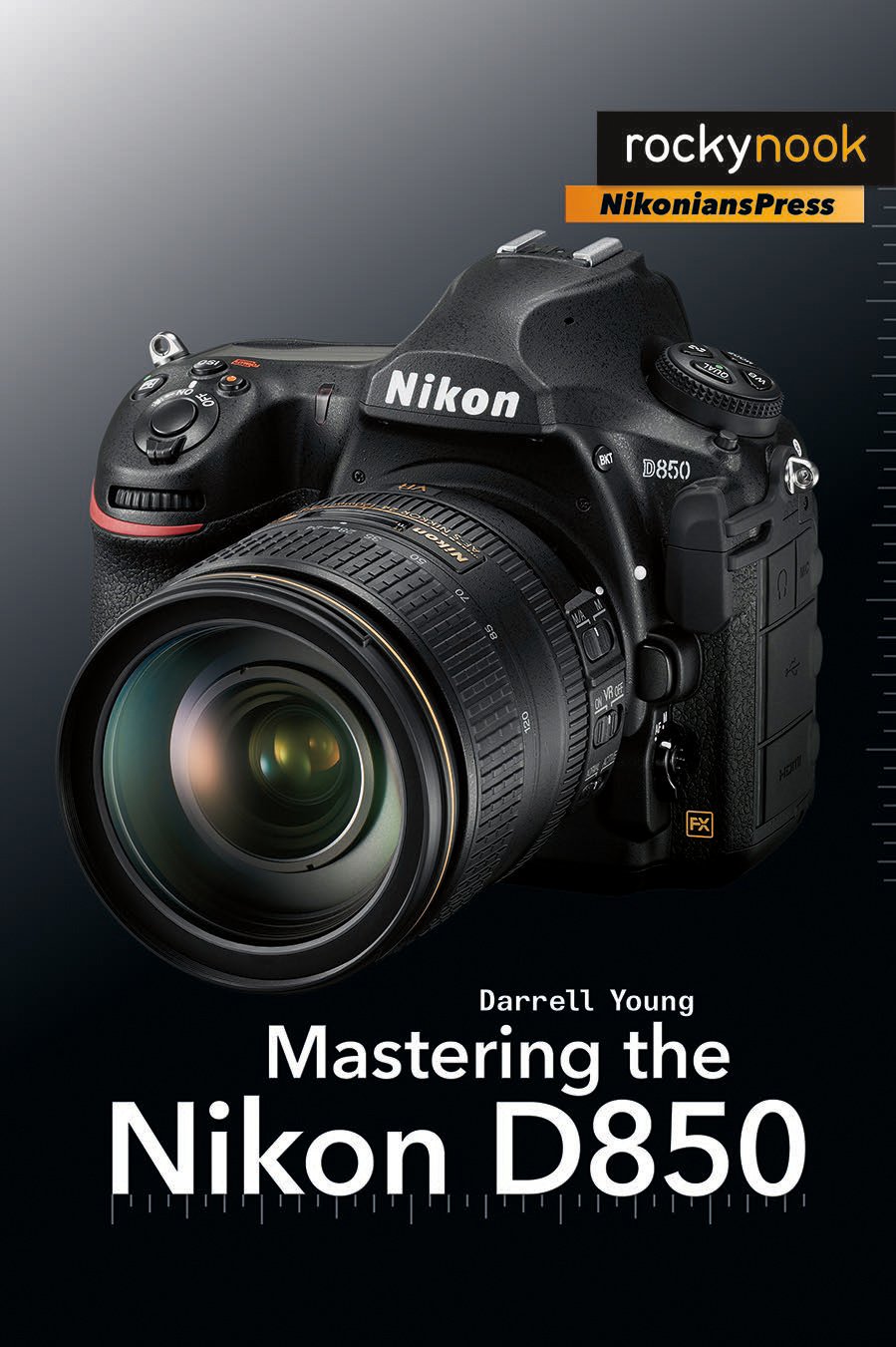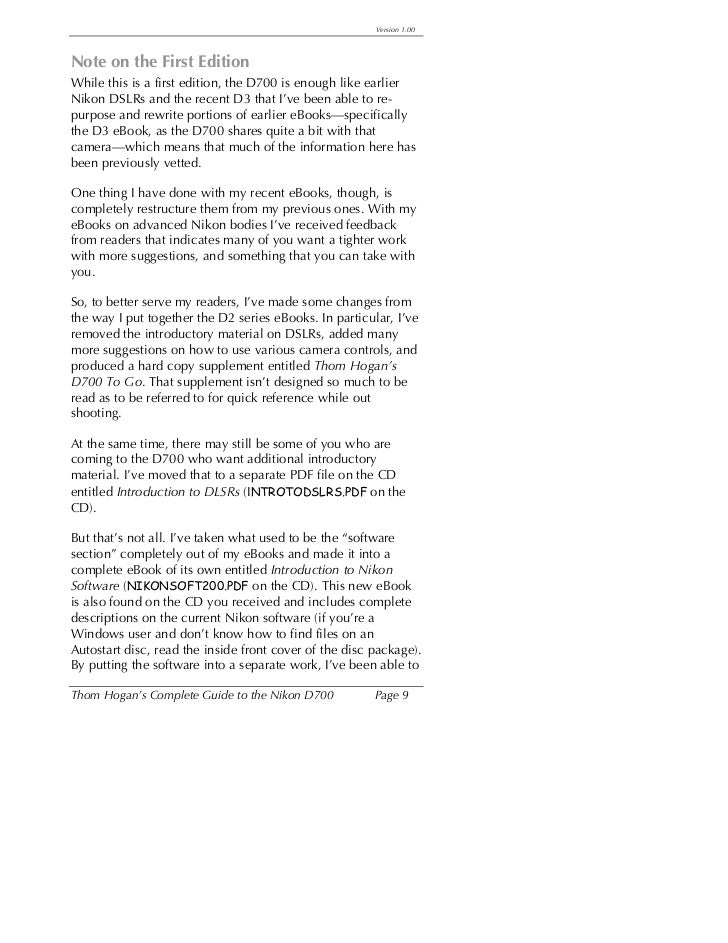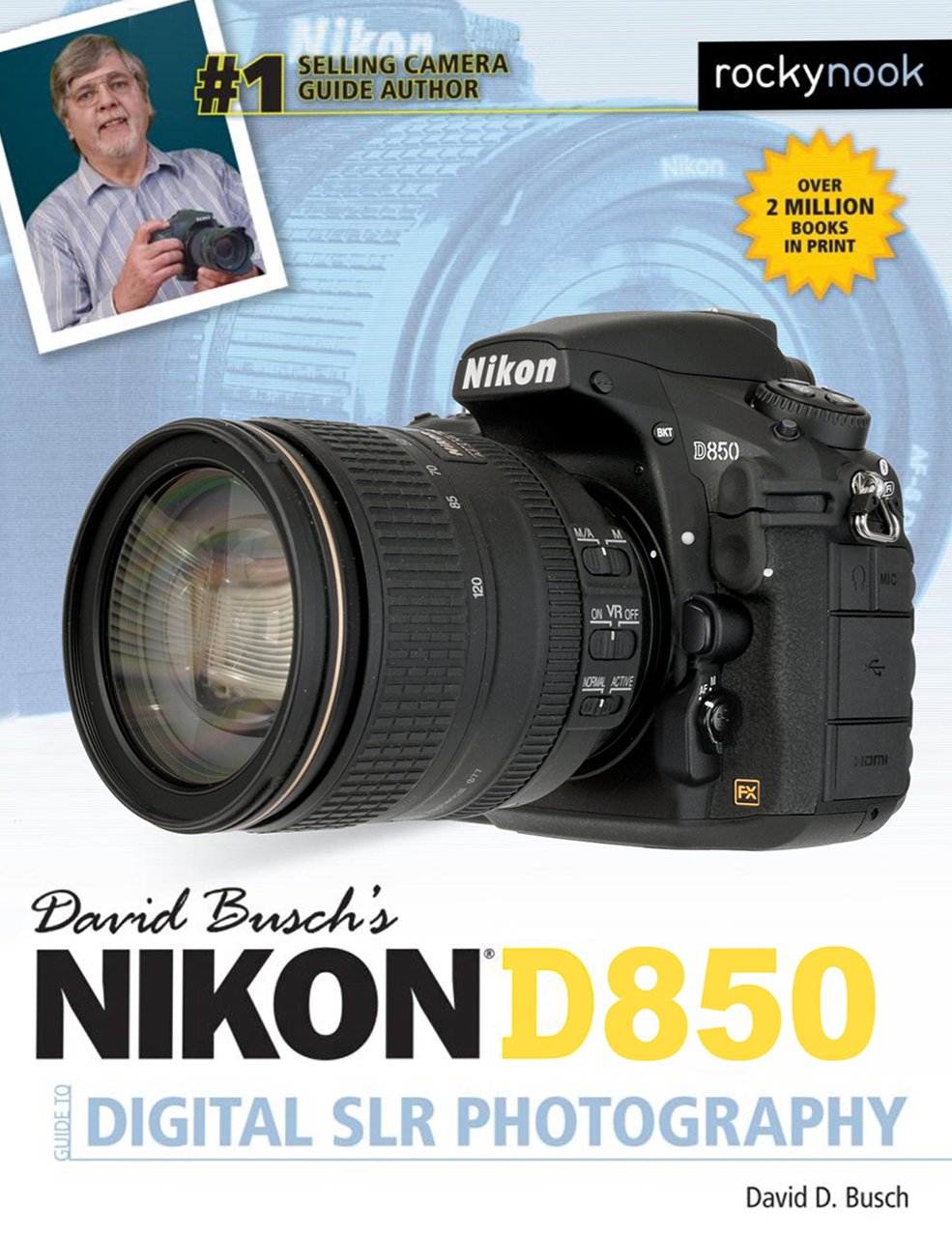Thom Hogans Complete Guide To The Nikon D90 Pdf
Posted By admin On 14.09.19EBook: Thom Hogan's Complete Guide to the Nikon D90 - posted in Photography: I found this and figured that since so many of you lads ended up getting the D90 you.
Complete Guide To The Toeic Test 3rd Edition

Our eyes and brains are very sensitive to “detail,” but false detail (noise) can be very distracting. To demonstrate this in action, one only has to compare an enlargement from a scan of a grainy film to one from a low-noise digital camera. 00 as I’m concerned. I’ve heard people describe the D90’s useful resolution as anywhere from about 100% to 125% of film, perceptually, and I’d tend to agree it’s in that range. Unfortunately, it’s not quite so simple to just state a resolution “number” like I just did in the last paragraph.
Here’s a key difference between your Nikon DSLR and a point-and-shoot digital camera: the point-and-shoot uses the digital imaging sensor to do multiple things: the imaging sensor provides autofocus and metering information to the camera’s electronics, collects white balance info, and often even measures flash output. One of the delays on these cameras is that they operate the digital sensor at a specific frame rate while previewing the image and must take some last minute updates after you press the shutter release.


A close reading of the Epson literature, however, shows that their printers don’t necessarily place that many dots every inch, but instead use a spray adjustment technique to simulate that resolution (the size of the dot is varied). When moving the paper the Epson technologies max out at increments of 1/720 of an inch.
The practical physical resolution you need to give the Epson inkjets is about 288 dpi; beyond that and the actual gains are subtle and often not at all visible (the most you could give the printer and see any difference at all under magnification would be 360 dpi).